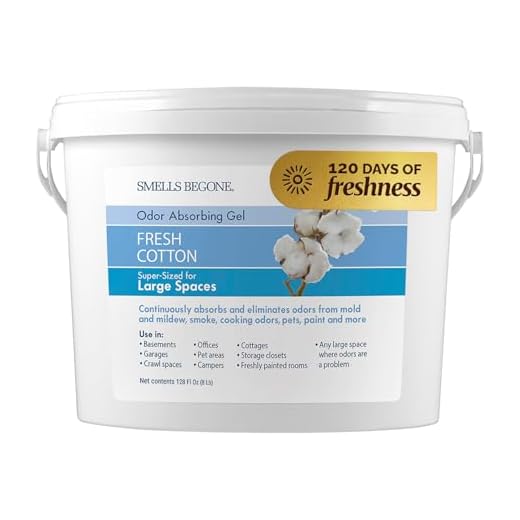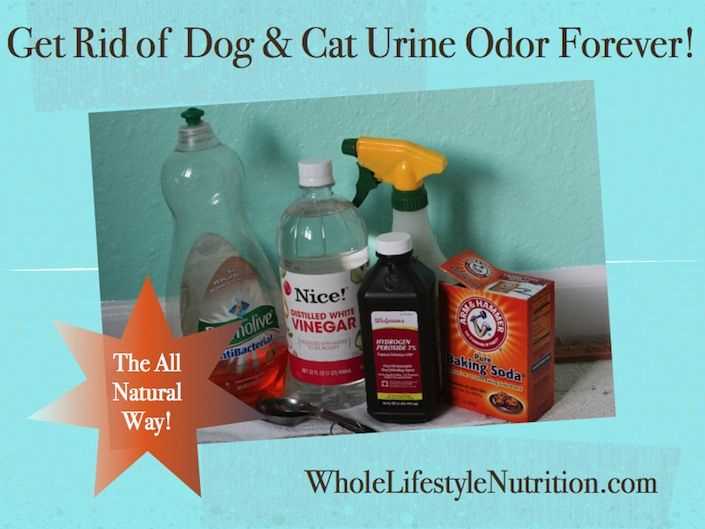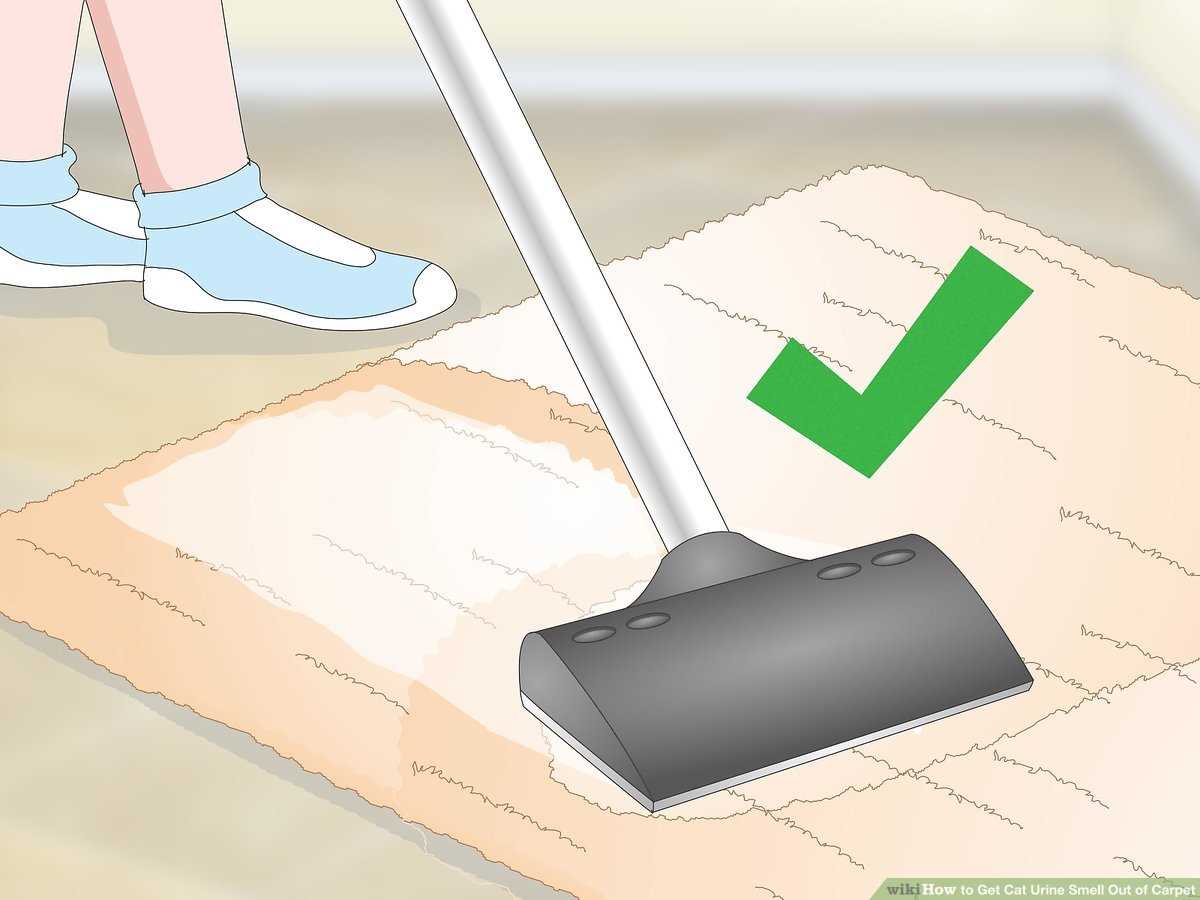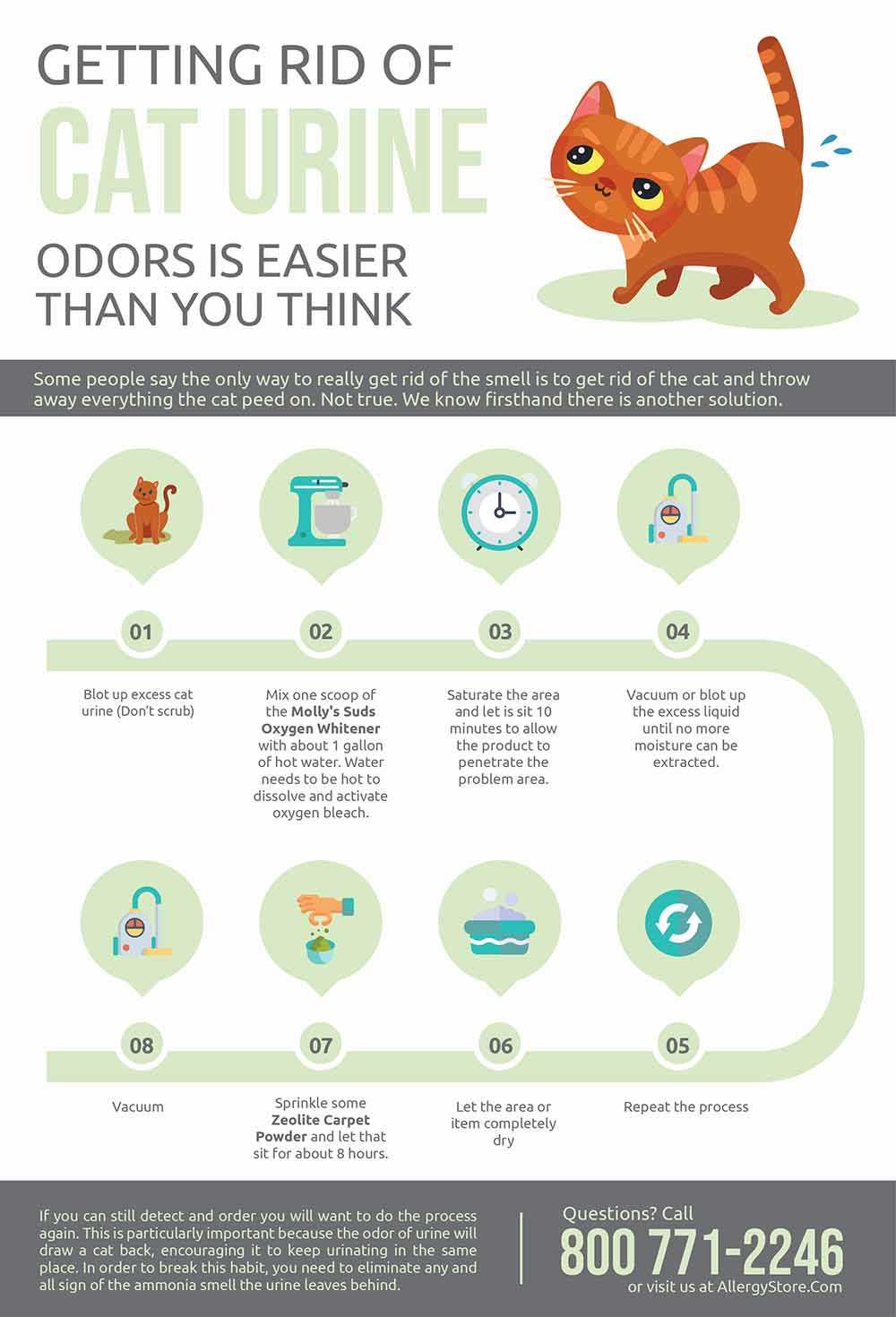



Pour a generous amount of white vinegar directly onto the affected area. This natural solution works wonders in neutralizing unpleasant odors. Allow it to soak for at least five minutes, giving the vinegar time to penetrate the fibers. After that, blot with a clean cloth to absorb as much liquid as possible.
Next, sprinkle baking soda liberally over the damp spot. This ingredient acts as an absorber, capturing remaining odors and moisture. Let it sit for several hours or preferably overnight, allowing it to work its magic. Once the time is up, vacuum the residue thoroughly.
If the odor persists, consider mixing a small amount of dish soap with warm water. Using a soft cloth, gently scrub the area. Rinse the cloth and repeat the process until the scent diminishes. Finish by drying the area completely to prevent any lingering moisture.
Removing Foul Odors from Fabrics
White vinegar is a fantastic choice to neutralize bad odors. Mix equal parts of this vinegar and water in a spray bottle. Generously spritz the affected areas and let it sit for 10-15 minutes before blotting with a clean cloth. Vinegar’s acidity helps break down the source of the unpleasant scent.
Using Enzymatic Cleaners
Enzymatic cleaners are specifically designed to target organic stains and odors. Apply according to the instructions on the bottle. Ensure the area is saturated to allow enzymes to work effectively. After application, allow it to dry completely; this can take several hours, but the results are worth it.
Homemade Baking Soda Solution
Baking soda absorbs odors remarkably well. After cleaning the area, sprinkle a generous amount over the spot and let it sit overnight. In the morning, vacuum thoroughly. This method not only removes residual scents but also leaves a fresh atmosphere.
| Method | Ingredients | Instructions |
|---|---|---|
| Vinegar Solution | White vinegar, water | Mix and spray, blot after 15 mins |
| Enzymatic Cleaner | Enzymatic cleaner | Apply, saturate, let dry |
| Baking Soda | Baking soda | Sprinkle, let sit overnight, vacuum |
Identify the Affected Areas of the Carpet
To pinpoint where the unpleasant odors linger, utilize a black light in a dimly lit room. The light will reveal any spots that have been affected, making it easier to address them directly.
Perform the following steps for a thorough inspection:
- Move furniture out of the way to access hidden sections.
- Shine the black light across the entire surface, taking note of any glowing patches.
- Mark these areas with tape or sticky notes for easy reference during cleaning.
For a more tactile approach, gently press a paper towel or cloth onto suspected spots. If it absorbs moisture, that area requires attention.
Once identified, prioritize treating these locations, as they are the source of the unpleasantness. Addressing them promptly will lead to a fresher environment.
Choose the Right Cleaning Solution for Cat Urine

Enzymatic cleaners are my top pick. They break down the compounds in my accidents, effectively neutralizing unpleasant odors. Look for products specifically labeled for pet stains; they contain the right enzymes for this job.
Another option is a vinegar solution. Mix equal parts of white vinegar and water, then apply it to the stained area. The acidity in vinegar helps to neutralize odors while lifting stains.
Baking soda is a great alternative too. Sprinkling it on damp areas after using a cleaner absorbs remaining scents. Leave it for a few hours before vacuuming.
For those who prefer commercial solutions, read the labels carefully. Avoid cleaners with harsh chemicals that can damage carpets or pose risks to pets. Always test a small, inconspicuous area first.
After cleaning, ensure proper ventilation. Fresh air can assist in dissipating lingering odors. If you need a break from cleaning, try making a delicious meal, like how to cook green peppers in skillet, while waiting for the solution to work its magic.
Apply the Cleaning Solution Properly
Start with a test on a small area to ensure no damage occurs. Use a clean cloth or sponge to apply the mixture directly onto the affected spot. Ensure to saturate the area, but avoid soaking it completely, as excess liquid can seep into the padding beneath. Blot gently with the cloth, working from the outside in to prevent spreading. This method helps lift the offending substances without pushing them further into the fibers.
Let It Soak

Allow the solution to rest for 10-15 minutes. This waiting period enables the enzymes or cleaning agents to break down the stubborn components causing the unpleasant odor. Don’t rush this step; patience is key for the best results.
Rinse Thoroughly
After soaking, rinse the area with clean water using a cloth. Blot the spot to remove any remaining cleaning agents. It’s crucial to ensure no residues are left behind, as they could attract dirt or other unwanted odors. Finish by allowing the area to air dry completely, as moisture can lead to mold growth.
Use Natural Remedies for Stubborn Odors
For persistent odors, I recommend using baking soda. Sprinkle it generously on the affected area and let it sit for several hours or overnight. This helps absorb unpleasant scents effectively.
Another option is white vinegar mixed with water. Combine equal parts in a spray bottle and apply it lightly to the stained area. The vinegar neutralizes odors, and the smell dissipates as it dries.
Essential Oils for Freshness
Consider adding a few drops of essential oils like lavender or eucalyptus to the vinegar solution. This not only masks any lingering odors but also leaves a pleasant fragrance behind.
Hydrogen Peroxide Solution

A mixture of hydrogen peroxide, dish soap, and baking soda can be powerful. Use one cup of hydrogen peroxide, one tablespoon of dish soap, and two tablespoons of baking soda. Apply this mix to the area and blot it until clean. Rinse with water afterward.
Prevent Future Incidents with Training and Products
Proper training starts with consistent routines. Reinforce positive behaviors by rewarding me with treats or affection when I use the designated area. This helps create a strong association between good habits and rewards.
Utilize Appropriate Products
Invest in high-quality litter that I prefer. Experiment with different textures and scents to find what I like best. Ensure the litter box is clean and accessible at all times; I’m more likely to avoid accidents if my space is pleasant. Additionally, consider using pheromone diffusers, which can create a calming environment and reduce stress-related incidents.
Monitor Health and Behavior
Regular vet check-ups are essential. Health issues can lead to inappropriate elimination. If I suddenly change my habits, it might indicate a health problem that needs attention. Also, keep an eye on my behavior and stress levels, especially during changes in the household or environment.
For my diet, quality nutrition plays a role in overall well-being. Check out this canned cat food for older cats to ensure I’m getting the nutrients I need.









